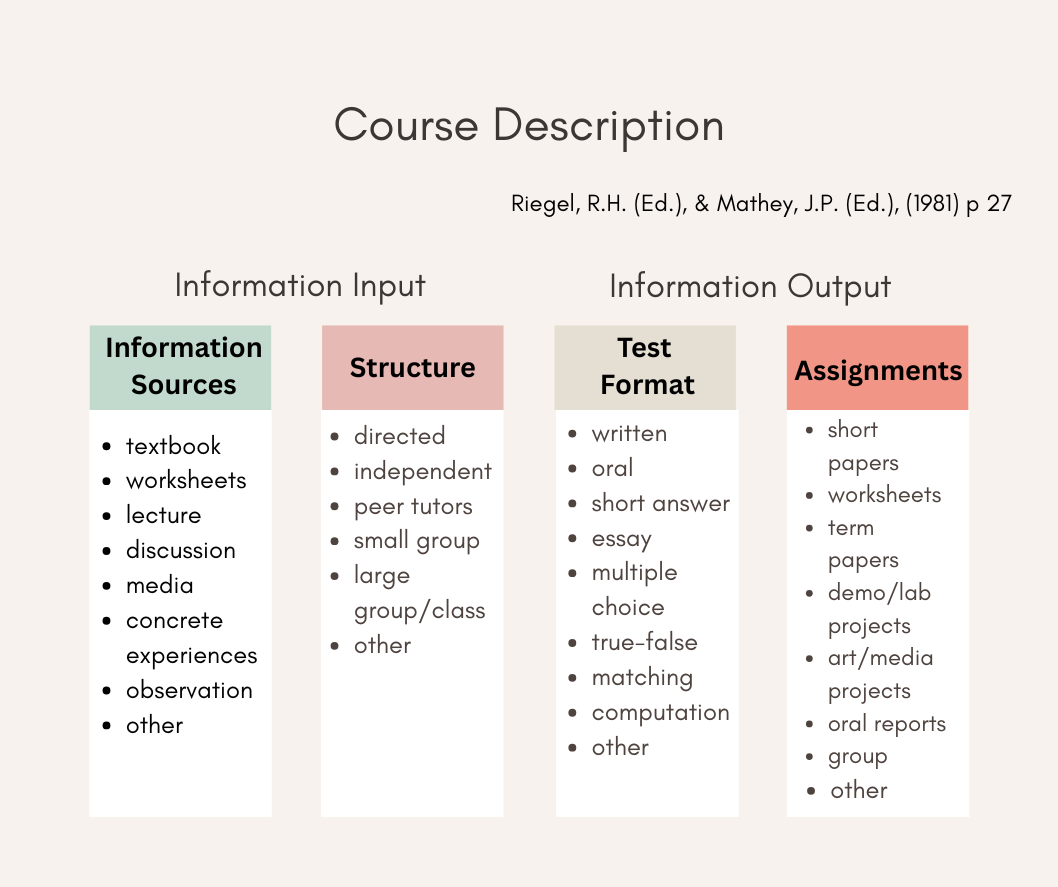
Building a Successful Experience for Students Enrolled in CTP Program
Prior to the beginning of the semester, start by talking with instructors about their classes. Research by Riegel and Mathey (1981) investigated practices used in resource room settings in secondary schools. Although the study is outdated, their method of carrying out the research is still useful today. They began by talking with the instructors about the academic and behavioral expectations they held for their students. For example, what did they use as their primary methods for communicating content to the students? Were they primarily lecturers that explained the readings assigned? Did their lectures examine and expand detail in the readings? What were their assessments like? Content-based quizzes? Application activities? What student behaviors were tolerated, and which were inexcusable in their class? Can missed work be made up? What options for communication are preferred: face to face, email, phone?
Then they talked with the special educators about student characteristics. The end-product was a match up the of the student skills in comparison with the class processes. This exercise provided the special educators knowledge about how the class worked and how to make good student matches. Using this knowledge, the special educator could help the student apply strategies to work within the class environment. The graphic below provides a listing of the instructional practices that may be seen in a classroom and is derived from Riegel and Mathey’s Model Resource Room Project review. Consider how these prompts can be the beginning of a discussion about how an instructor’s class operates, and how a student with an ID could fit in.

